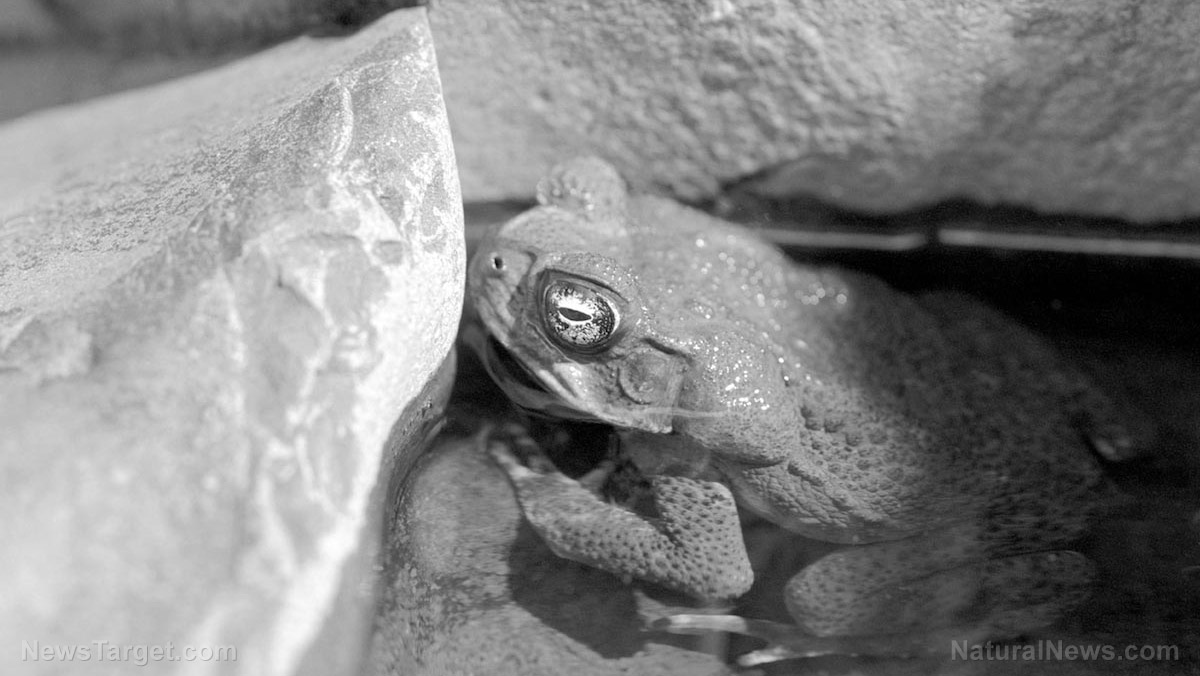
Researchers have uncovered a stunning correlation between Earth’s magnetic field strength and atmospheric oxygen levels over the past 540 million years, raising profound questions about how our planet’s interior shapes life on the surface. If confirmed, this discovery could revolutionize our understanding of Earth’s evolutionary history—and even redefine the search for life beyond our solar system.
Key points:
- Earth’s magnetic field fluctuates unpredictably, but NASA scientists found a shocking similarity between these fluctuations and changes in atmospheric oxygen dating back to the Cambrian explosion.
- The study suggests Earth’s molten core—generating the magnetic shield—may play an unexpected role in regulating oxygen levels, crucial for sustaining complex life.
- Traditional theories suggest magnetic fields protect atmospheres from solar radiation, but new findings hint at deeper, unexplained geophysical connections.
- Super continents like Pangea may have influenced both oxygen surges and geomagnetic spikes.
- The discovery challenges conventional Earth science, forcing researchers to reconsider long-held assumptions about planetary habitability.
A magnetic mystery
Earth’s magnetic field isn’t just a compass needle guide—it’s a cosmic shield. Generated by swirling molten iron in the planet’s core, this invisible fortress deflects deadly solar radiation, preventing a fate like Mars, whose weak magnetic field doomed its atmosphere. But while scientists have long debated whether magnetic fields preserve atmospheres, this new study reveals something far stranger: Earth’s magnetic strength mirrors oxygen levels.
"We found these two datasets—geomagnetic strength and atmospheric oxygen—are very similar," said NASA geophysicist Weijia Kuang, one of the study’s authors. "Earth is the only known planet that supports complex life. The correlations we’ve found could help us understand how life evolves and connects to the planet’s interior."
The oxygen surge that defies explanation
Around 250-350 million years ago, Earth experienced a bizarre oxygen spike—levels soared nearly 35%, compared to today's 21%. Strangely, the same period saw an unprecedented surge in geomagnetic strength. The researchers suspect this wasn’t a coincidence but the result of colossal planetary shifts—possibly linked to the rise and fall of ancient super continents.
Super continents like Pangea didn’t just rearrange landmasses—they altered heat flow from Earth’s core, which may have turbocharged the magnetic field. Simultaneously, their erosion and weathering could have unleashed massive oxygen pulses into the air.
But skeptics argue this might be coincidence—540 million years is but a snapshot of Earth’s 4.5-billion-year history. Still, the statistical odds of such a perfect correlation happening by chance? Less than 0.1%.
Could a weak magnetic field mean less oxygen?
One terrifying implication: If Earth’s magnetic field weakens—a real possibility during polarity flips—could oxygen levels also plunge? NASA isn’t sure yet, but the study warns that atmospheric loss from a collapsing magnetosphere may have broader consequences than previously thought.
"It’s not just about blocking solar wind—there’s an underlying planetary rhythm we don’t yet understand," explained Benjamin Mills, a biogeochemist at the University of Leeds. "Magnetism and oxygen may be dancing to the same geological drumbeat."
The findings eerily echo James Lovelock’s Gaia Hypothesis—the idea that Earth operates like a self-regulating superorganism, adjusting temperature, chemistry, and even oxygen to sustain life. While Lovelock faced skepticism, NASA’s discovery suggests Earth’s deep interior and surface biosphere may indeed be intertwined in ways science is only beginning to grasp.
More research is needed, but one thing is certain: Earth isn’t just a rock with life on it. It may be a vast, interconnected system where molten iron, shifting continents, and breathable air are all part of the same cosmic balance.
Sources include:
Please contact us for more information.

















